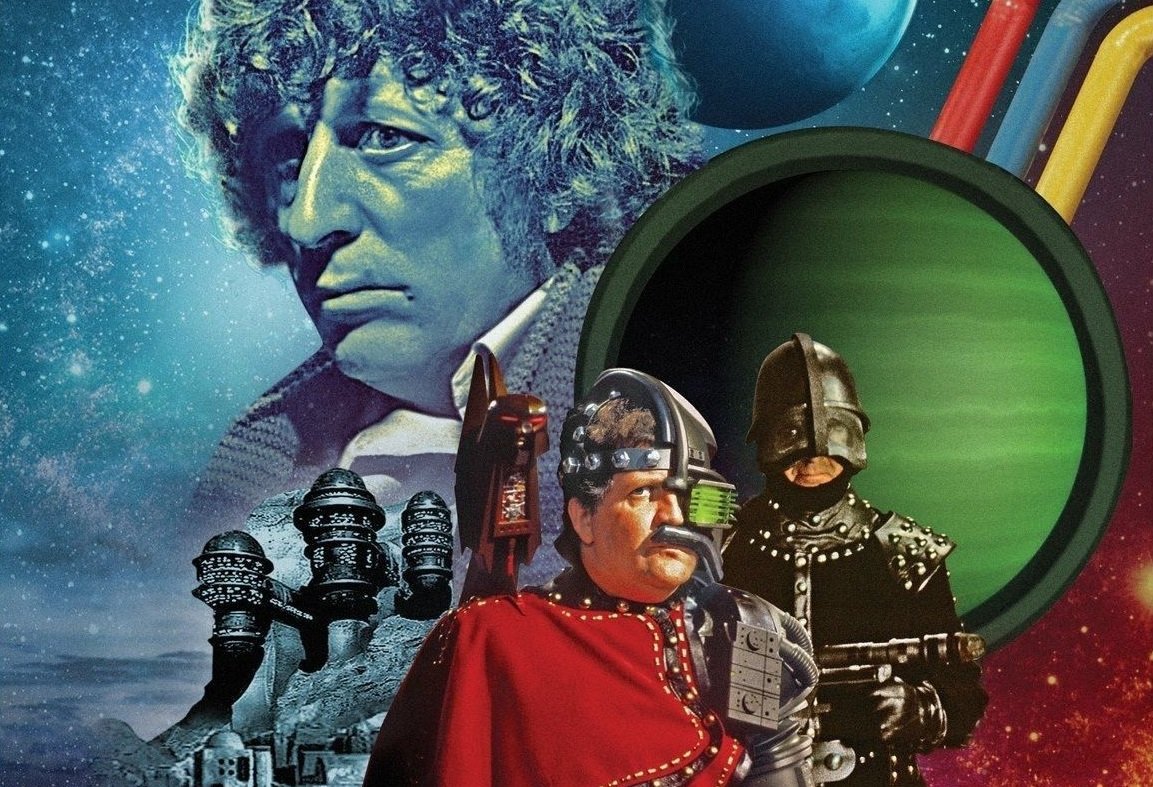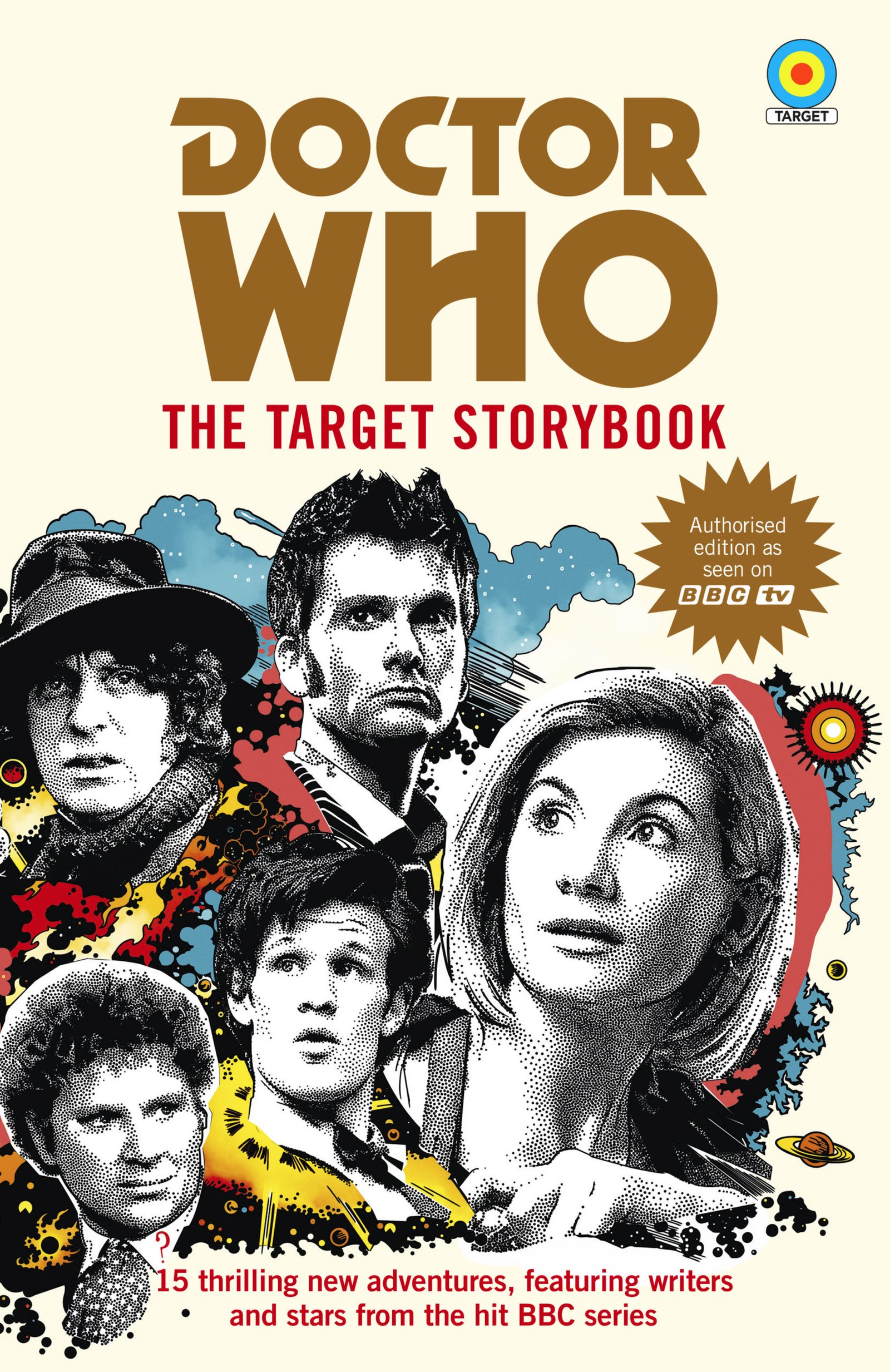As Joni Mitchell once famously noted, “You don’t know what you’ve got ‘till it’s gone.” But, much as I admire the Canadian chanteuse, there is a much more niggling problem for we rampant completists: “You don’t know what you haven’t got until you don’t have it.”
In 1993, the final (well not ultimately, as will be revealed) Doctor Who novelisation, The Evil of the Daleks, was published. It was the end, but it wasn’t something we were prepared for. Because there were four outstanding stories still to be adapted (and Resurrection of the Daleks, which could hardly be described as such).
Three of those were from the typewriter of Douglas Noel Adams, and one (Shada) was so unpublished that it wasn’t even broadcast (or vice versa). Which was a particular shame because – no offence to Pip and Jane Baker et al – Douglas Adams was one of the world’s most successful and brilliant writers. He still is, but DNA sadly went to meet his Ravenous Bugblatter Beast of Traal in 2001.
When alive, Adams had stated that he always intended to novelise The Pirate Planet and City of Death when he had “run out of things to do”. Although being deceased neatly fits that description, in practice a lack of corporeal existence made this rather tricky. Even with the world’s most advanced word processor.
So, step forward James Goss (no, not right there, I won’t be able to see the screen) who has successfully brought all of Adams’ Doctor Who scripts to book, even one that was even less broadcast than Shada (missing story, Doctor Who and the Krikkitmen). And now he has put his punt into The Pirate Planet for the BBC’s resurrected range of Target Books.
‘Hang on, didn’t he do that in 2017?,’ I hear you cry… (Cheer up, it’s not Mostly Harmless. Sob.) You see, this is a different adaptation of different scripts. The book that came out four years ago was three times longer and based on Adams’ first draft, before script editor, Anthony Read, kicked it into broadcast shape.

It’s the TV version that Goss stays remarkably faithful to here. And at 183-pages, it matches the Target approach mastered by Terrance Dicks. This was to have the books rattle along with concise prose and little flashes of descriptive colour to fire the imagination of a 10-year-old reading under his bedcovers, because his mum told him to turn the light off 20 minutes ago. (That’s a verbatim extract from the 1973 Target writers’ bible.)
And it’s a perfect evocation of what might have been had the series been novelised in 1983, if Douglas Adams had somehow managed to fit it into his busy life drinking tea, holding parties at his house in Islington, being interviewed on TV, taking very long baths, missing deadlines, and generally avoiding writing if at all possible given that he was a professional writer and that was kind of what was expected. I know that feeling.
The story, as we all should know, is the second in what has become known as the Key to Time season (16), where the Fourth Doctor is teamed up with new companion Romana to assemble the aforementioned key which has been split into six segments. In this story, the two Time Lords head for the planet Calufrax (where the second segment is hidden) but find themselves on the planet Zanak instead. The reason for the relocation is revealed as the pair encounter a half-machine pirate Captain, his robot parrot and mysterious ‘Nurse’, some zombie-like men with psychic powers, while accompanied by a couple of hapless locals keen for revolution but not much cop at doing anything about it.
If you’ve seen the story – unlike the extended previous novel – you won’t find much surprising here. Goss fixes a few plot holes and makes some tweaks and improvements. The Captain is more Dieselpunk than 1978 BBC effects budget. He still blusters and exclaims things like “By the blood of sky demon,” in such a way that you expect Brian Blessed would have bitten off his robot claw to play the part. Indeed, Goss gives the Captain a half-human/half-metal beard to complete the classic Long John Silver look. His trusty parrot, Polyphase Avatron, is similarly upgraded to have metal feathers, although both retain their TV-look for the evocative retro cover.
The dynamic between the Doctor and Romana, only hinted at on-screen, is one of an old hand being upstaged by a young and more attractive upstart, while both developing deep respect for each other. It’s nicely played and the pithy insights into Romana’s thoughts and motivation are a delight.

The two natives of Zanak who accompany the Time Lords on the adventure, Kimus and Mula, are notably under-written in the original script. Goss fixes this to an extent with Kimus becoming a more comic figure, a rebel without a clue. And this gives him a more Duggan-like (City of Death) demeanour, resulting in a similar story arc where the hapless revolutionary happens to be at the wrong place and the right time, and shoots down the main villain. Mula is cannier than the TV version, but is still given very little to do other than trail about after the TARDIS crew, just like in the source material.
But, niggles aside, it is not depth of character that people look to Douglas Adams for; it is for a wealth of ideas, wit, and absurdity. And you can feel the author subtly subverting the programme and setting the character of the Doctor up to become what we expect it to be in the revived series. When Kimus asks the Doctor what he does for a living, up until that point he would usually reply ‘I’m a traveller’ or something similar. Here the Doctor responds, “I save planets, mostly…” All very meta and a million parsecs from a mild curiosity in a junkyard…
The book whizzes along like an electron in a particle accelerator, and ends all too abruptly. Just like the TV story. You get the feeling that Goss is wallowing in the opportunity to produce a straight Target adaptation now he has got the piffling business of writing a vast and expanded version of the story out of the way. This is about nostalgia, the very size look and feel of the book is satisfyingly retro, even down to the fonts and paper stock. Matching this, Goss’s adaptation is spot-on Space Adventure: 1978. And that precisely what it should be. In that respect, Doctor Who and the Pirate Planet has firmly hit the target.
The Pirate Planet is available to order now.



